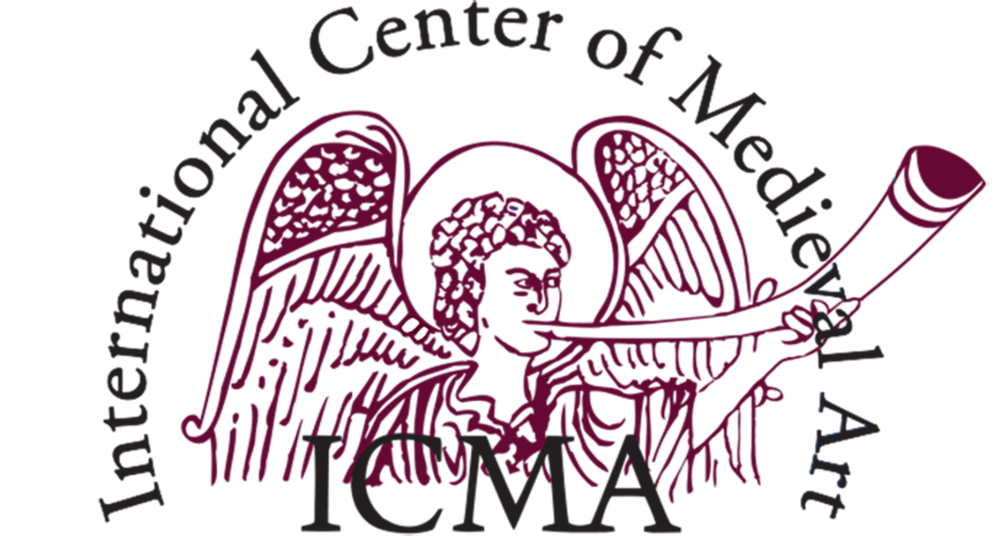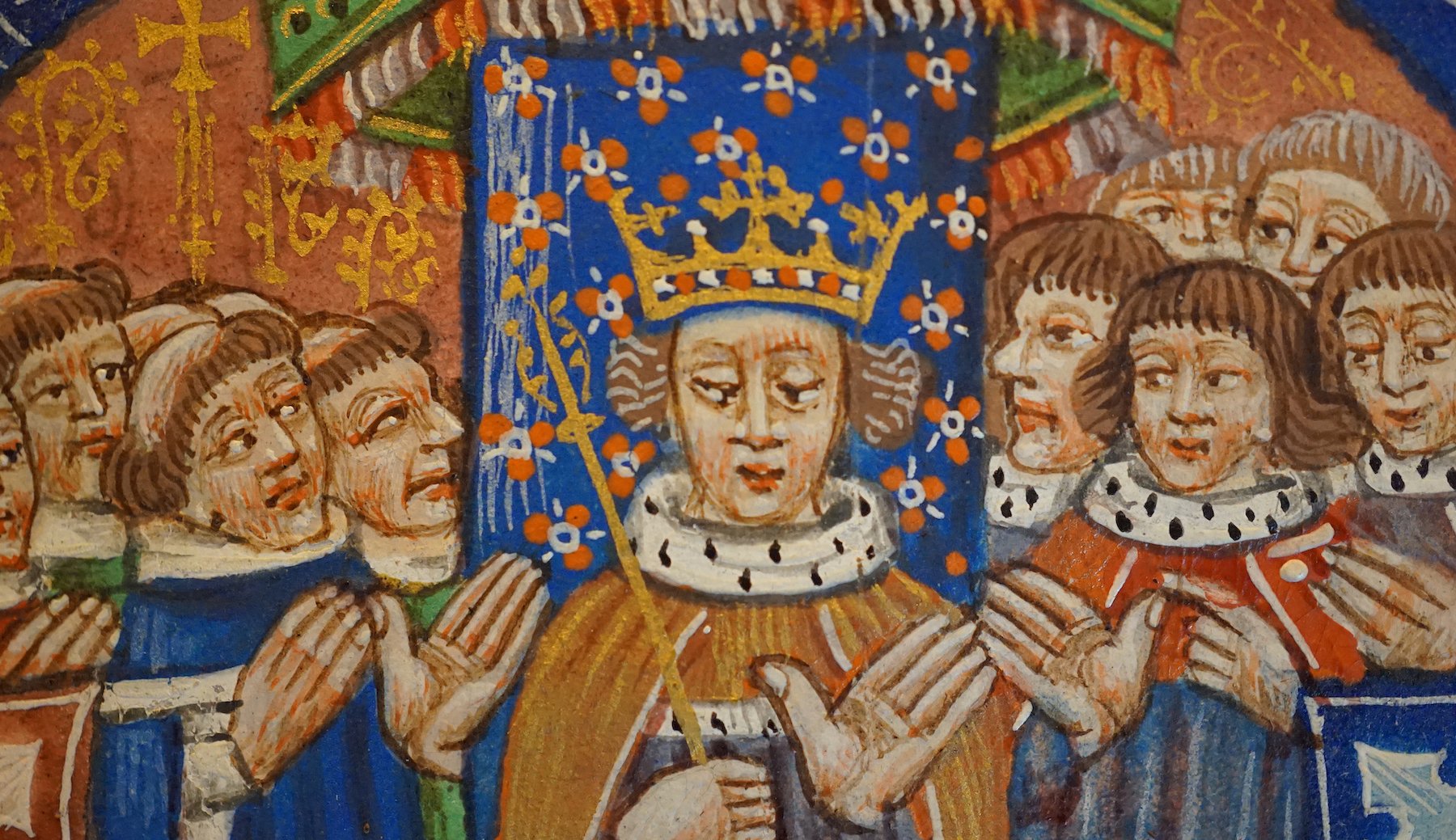Call for Papers
‘The Wall Painting Cycle on the Sciences and Arts in the Brandenburg Cathedral Cloister in its Context: Art Production and Organization of Knowledge around 1450’
Brandenburg an der Havel (29–30 March 2023)
DUE 15 November 2022
Organizers: Chair of Medieval and Early Modern Art History at the Institute of Art | Music | Textiles – Department of Art, Faculty of Arts and Humanities, Paderborn University, Prof. Dr. Ulrike Heinrichs, and Curator of the Brandenburg Cathedral Chapter, Dr. Cord-Georg Hasselmann
Project Lead: Prof. Dr. Ulrike Heinrichs
On the occasion of the completion of the art historical DFG funded project ‘The Wall Painting Cycle on the Sciences and Arts in the Brandenburg Cathedral Cloister. Art Production and Organization of Knowledge around 1450’ (project number 346774044) an interdisciplinary symposium is organized by the Chair of Medieval and Early Modern Art History at the Institute of Art | Music | Textiles – Department of Art, Faculty of Arts and Humanities, Paderborn University, Prof. Dr. Ulrike Heinrichs and the Curator of the Brandenburg Cathedral Chapter, Dr. Cord-Georg Hasselmann.
The thematic framework of the symposium is based on the recent open access project publication ‘Der Wandmalereizyklus zu den Wissenschaften und Künsten in der Brandenburger Domklausur. Kunstproduktion und Wissensorganisation um 1450` [The fragmentary wall paintings from the time of Bishop Stephan Bodeker and Provost Peter von Klitzke in the late medieval cathedral library in Brandenburg an der Havel and their inscriptions. A monumental cycle consisting of figural paintings, texts and ornaments in two library rooms] by Ulrike Heinrichs and Martina Voigt, DOI: https://doi.org/10.11588/artdok.00007730. A brief overview of the topics addressed here as well as further information on the project are available on the project homepage of the Chair of Medieval and Modern Art History at the University of Paderborn: https://kw.uni-paderborn.de/fach-kunst/mittlere-und-neuere-kunstgeschichte/projekte/der-wandmalereizyklus
For a long time, art history preserved the memory of “the very beautiful images of the seven liberal arts and the crafts, theology and medicine (…) listed in sequence in the Brandenburg Library, in the March, outside the city, where the White Canons are” (Hartmann Schedel, Bayerische Staatsbibliothek München, Clm 418) thanks to a descriptive text from the 15th century. However, the picture cycle was considered lost until the precious wall paintings in the so-called Oberer Kreuzgang (Upper Cloister) at the former Cathedral of Brandenburg an der Havel were discovered and uncovered in 2000/05 during renovation works in the north wing.
After initial publications on the new find had established connections to manuscripts from the library of the Nuremberg humanist Hartmann Schedel (1440–1514) and to the highly learned and literarily productive Bishop of Brandenburg Stephan Bodeker (tenure 1421–1459), the way was paved for the exploration of the probably oldest surviving example of a study library of the “modern” type developed in the late Middle Ages and the Renaissance, with a variety of use for collecting books, study and teaching. In the Brandenburg Cathedral Cloister it appears as a hall completely painted with murals – a monumental allegory to the canon of Sciences and Arts under the supremacy of Theology, which at the same time gives wide scope to the social and technical realities of the artes mechanicae, with opulent ornamentation and imagery as well as an extensive corpus of inscriptions resembling a learned treatise. The art historical DFG project at Paderborn University seized this great opportunity and began its work in autumn 2017 in tandem with the conservation science DFG project based at the University of Applied Sciences and Arts Hildesheim / Holzminden / Göttingen (HAWK) and in cooperation with the Brandenburg Cathedral Chapter, the Brandenburg State Office for Monument Preservation and Archaeological Museum (BLDAM) as well as the architects in charge of preservation of the building – pmp Projekt GmbH-Architekten Brandenburg an der Havel.
In the light of the latest research findings, the symposium provides a new idea of the thematic core and function of the wall paintings as well as of the original extent and shape of the Brandenburg Cathedral Library of the late Middle Ages. From this perspective, it develops an expanded spectrum of questions reaching into European cultural spaces of the Middle Ages and the Renaissance.
Conservational research of the DFG tandem project partner, the HAWK under the lead of Prof. Dr. Ursula Schädler-Saub, has proven the in situ visible wall paintings to be an authentic, albeit fragmentary ensemble of a high quality multi-layered secco painting with protean binding. Results of art historical research on the history of style identify it as an artistic ‘flagship project’ of regional origin with references to a variety of genres of painting exemplifying the transition between the International Style of the decades around 1400 and the Late Gothic Style.
The original manuscript of the descriptive text in the Codex Clm 650 at the Bayerische Staatsbibliothek München, which has previously been attributed to Hermann Schedel (1410–1483), Hartmann’s older cousin, proves to be authentic on the one hand and selective on the other when compared with sources and findings: the preserved murals show far more and, in addition to ornamental paintings of exceptional quality, also include coats of arms, by means of which Provost Peter von Klitzke (tenure 1425/26–ca. 1447) and Bishop Stephan Bodeker could be identified as commissioners and those responsible for the ambitious project. Further, epigraphically and iconographically so far unknown texts and figures could be secured, referring among other things to the treatise Lignum vitae (‘Tree of Life’) by Bonaventura di Bagnoregio (1221–1274) and the salvation-historical basis for the acquisition of knowledge and wisdom under the patronage of the Brandenburg bishopric run by Premonstratensians. As latest findings on building history reveal, the libraria Brandenburgensi[s], as mentioned in the copy of Hermann Schedel’s description by his cousin Hartmann, is to be understood not only as a large study hall, but as a library complex created by striking architectural changes to a large hall in the north wing of the cathedral cloister dating from the 13th to 14th centuries. The pronounced canonistic position and the sophisticated overview of the current educational canon with its roots in antiquity and scholasticism touch on relations with the Margrave and Elector of Brandenburg from the rising House of Hohenzollern as well as the self-conception of ecclesiastical rule in the midst of tense processes of negotiating power after the schism, under ecclesiastical reform efforts and economic consolidation pressure. Not least, they shed light on the role of the Premonstratensian Order within the development of ecclesiastical rule as well as the history of art and culture in the central and northern areas of the Circaria Saxoniae.
The questions raised are manifold and concern the artistic sources and strategies of dealing with traditions and innovations of decorative and figurative painting and calligraphy as well as with the multi-layered fields of allegoresis, performance, diagrammatics and mnemonics in areas of scientific literature and monumental painting. Possible topics range from questions related to the building and its spatiality, including specifics of style, construction technologies and functions, to questions regarding any integrated or adjacent rooms of the episcopal administration and jurisdiction or aspects of everyday life in and with the library, the safekeeping of books, the practice of study and the regulation of light.
Future perspectives to be discussed at the conference also concern methods of sustainable archiving and innovative use of project data as well as opportunities for presentation and mediation of this valuable ensemble of wall paintings within the framework of the Brandenburg Cathedral Museum. Based at the Chair of Medieval and Early Modern Art History at the University of Paderborn and supported locally by the Centre for Information and Media Technology (IMT) together with the University Library, the project database was jointly developed by the DFG project tandem and its cooperation partners using the data archiving system MonArch launched by the IFIS Institute at the University of Passau (since 2021 part of AriInfoWare GmbH). Designed for cooperation in its form and connectable to future projects, this medium aims at a building-based, interactively usable archiving of different types of documentation and visualization, and offers the opportunity to discuss comparable or alternative approaches within research on wall paintings in their architectural setting. The museological part of the conference is dedicated to the question of suitable presentation formats in museums, focusing the communicability of hybrid genres in historical spaces, including inscriptions and medieval sources as well as states of preservation that are difficult to access.
There are no thematic constraints. However, contributions to the following research areas are particularly welcome, and in any case both a regional and a European perspective are encouraged:
• Material culture, pictorial equipment and imagery of late medieval and Renaissance libraries
• Allegories and narratives of Sciences and Arts in images and texts
• The imagery of Theology, Wisdom, Jurisprudence and the wise Rule
• Representation of patrons and donors in medieval and Renaissance libraries in images, inscriptions or coats of arms
• Source tradition on antique library buildings in the Middle Ages and the Renaissance
• The architecture and topography of late medieval and Renaissance libraries, i.a. at episcopal sees and in White Canons chapters
• Book collections, educational programs and forms of use of ecclesiastical libraries, i.a. at episcopal sees and White Canons chapters
• Politics, education and visual arts in the Diocese Brandenburg and the Circaria Saxoniae in the Late Middle Ages
• Comparative studies on production, aesthetics and dissemination of secco painting
• Perspectives of data archiving: Interactive digital access to medieval and Renaissance wall paintings as subject matter of databases
• Perspectives for museum presentation: Medieval buildings featuring wall painting cycles and their image-text corpora
Proposals for a 30 minutes talk (followed by a 15 minutes discussion) should be no longer than 400-500 words (excluding bibliography and footnotes), accompanied with a short CV (max. 150 words). The bibliography should reflect the scope and methodology of the research.
Please send your proposal to irina.hegel@upb.de
Deadline: November 15, 2022
The organizers will notify you by December 15, 2022
Conference languages: English and German
A publication of the contributions is planned.
Please note that hotel and travel expenses of the lecturing participants will be covered within the framework of the applicable reimbursement guidelines (train 2nd class / economy flight).




















